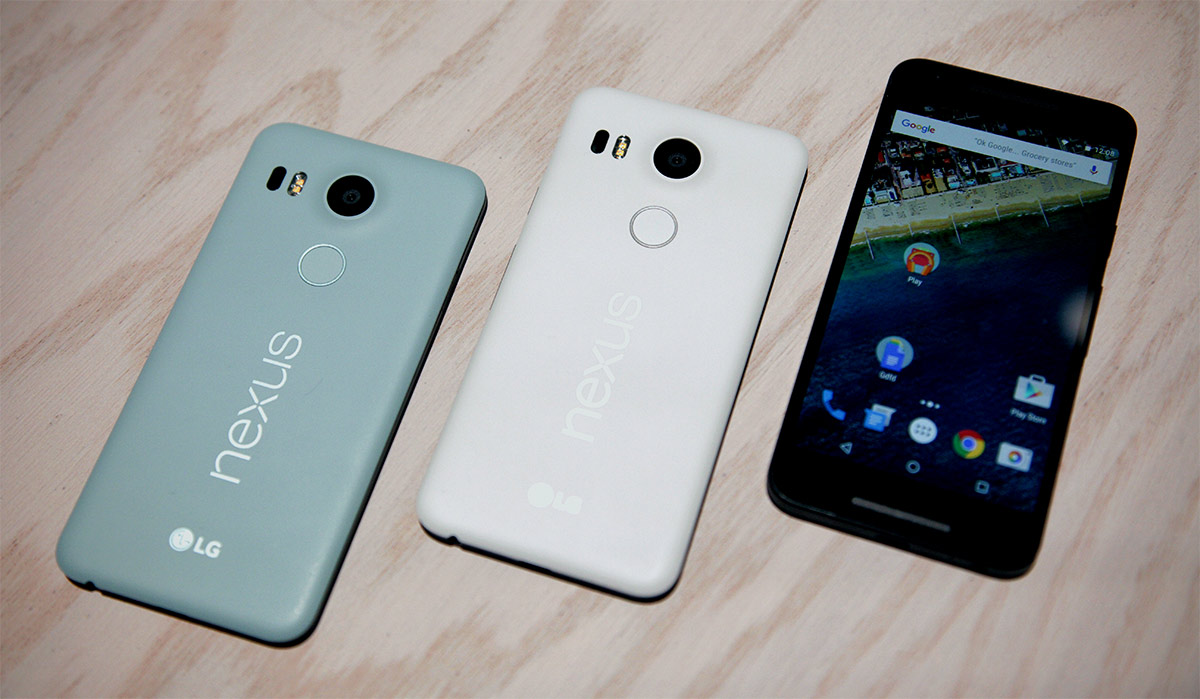
Hand firmly grasping hat? Good. The Wall Street Journal is reporting on quite the bombshell today, noting that Google is about to cause its carrier partners in the States all sorts of grief -- indirectly, of course. Just weeks after placing its heralded Galaxy Nexus on sale for $399 unlocked, the report states that said move is only the beginning of a new initiative. Likely to be formally revealed at Google I/O, the mega-corp is planning to partner with a variety of OEMs (rather than just one at a time) in order to have up to five Pure Google (read: Nexus) devices available at once. Better still, the whole stable will ship with Android 5.0 (Jelly Bean) and will be sold directly from Google in unlocked form to consumers in America, Europe and Asia.
The move is significant in a myriad ways. For one, more unlocked Nexus devices means more choice when it comes to carrier selection. Furthermore, the move is likely to quell fears that certain partners may have about Google making Motorola Mobility its favorite after a $12 billion acquisition. Not surprisingly, Google's not commenting on the matter, but sources "close" to the situation say that the company's hoping to have the 5.0 cadre on sale by Thanksgiving -- you know, just in time for Black Friday and the looming holiday shopping season. We're all guessing that this will address the growing "app situation" head-on; by making a push to eliminate carrier-infused bloatware (while also providing early Android OS access to more partners), we're hoping that the whole "skinning" dilemma is addressed, too.
Google reportedly planning stable of Nexus devices with Android 5.0, will sell 'em direct originally appeared on Engadget on Tue, 15 May 2012 17:04:00 EDT. Please see our terms for use of feeds.
Permalink |
 The Wall Street Journal
The Wall Street Journal |
Email this |
Comments
 Google has tried a few (mostly unsuccessful) strategies to get Android device makers updating their software in a timely fashion. Remember the short-lived Android Update Alliance? However, it might be trying something different: embarrassing those ve...
Google has tried a few (mostly unsuccessful) strategies to get Android device makers updating their software in a timely fashion. Remember the short-lived Android Update Alliance? However, it might be trying something different: embarrassing those ve...
 Google has tried a few (mostly unsuccessful) strategies to get Android device makers updating their software in a timely fashion. Remember the short-lived Android Update Alliance? However, it might be trying something different: embarrassing those ve...
Google has tried a few (mostly unsuccessful) strategies to get Android device makers updating their software in a timely fashion. Remember the short-lived Android Update Alliance? However, it might be trying something different: embarrassing those ve...
 Google is trying to take more control of its Android ecosystem by designing its own chips, according to a report from The Information (subscription). The search giant reportedly spoke with chip manufacturers about building Android device processors...
Google is trying to take more control of its Android ecosystem by designing its own chips, according to a report from The Information (subscription). The search giant reportedly spoke with chip manufacturers about building Android device processors...








